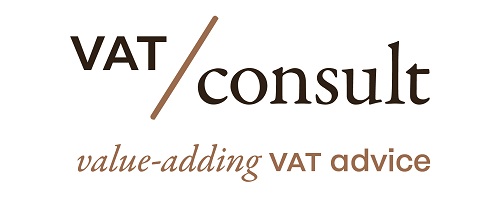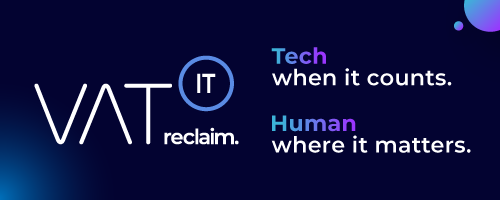On June 30, 2010, the ECJ issued its decision in the case C-237/09 (De Fruytier).
Context: Sixth VAT Directive – Article 13(A)(1)(d) – Exemptions for activities in the public interest – Supply of human organs, blood and milk – Activity of transporting, in a self-employed capacity, human organs and samples for hospitals and laboratories – Concepts of ‘supply of goods’ and ‘supply of services’ – Distinguishing criteria
Article in the EU VAT Directive
Article 13(A)(1)(d) of the Sixth VAT Directive. Article 132(1)(d) of the EU VAT Directive 2006/112/EC.
Article 132
1. Member States shall exempt the following transactions:
(d) the supply of human organs, blood and milk;
Facts
- Ms De Fruytier is engaged, in a self-employed capacity, in transporting human organs and samples for various hospitals and laboratories.
- The Belgian tax authority decided that Ms De Fruytier’s activity was subject to VAT.
- Considering that her activity should be exempt from VAT, Ms De Fruytier challenged that decision before the courts. The Court of First Instance, Namur, by judgment of 1 June 2006, and subsequently the Court of Appeal, Liège, by judgment of 26 October 2007, ruled in favour of Ms De Fruytier and ordered the relevant abatements.
- In its judgment, the Court of Appeal, Liège held that the activity of transporting human organs and samples in which Ms De Fruytier engaged was exempt under Article 44(2)(1)(b) of the VAT Code, essentially on the following grounds.
- Trading in human organs and samples is prohibited under Belgian law. Therefore, in order to ensure the effectiveness of Article 44(2)(1)(b) of the VAT Code, the activity in the public interest covered by those provisions with regard to human organs, blood and milk cannot be the supply of such items in the sense of a ‘supply of goods’, as defined in Article 10 of the VAT Code, because such ‘supply’ is, by definition, excluded as it is prohibited by law. The ‘supply’ for the purposes of Article 44(2)(1)(b) of the VAT Code must therefore be regarded as being related to the act of actually supplying goods, which is what the transport services provided by Ms De Fruytier correspond to.
- The Belgian State appealed against that judgment on a point of law.
- In support of its appeal, it argues that the term ‘supply’ used in Article 44(2)(1)(b) of the VAT Code should be interpreted according to the definition given in Article 10 of the VAT Code, that is to say, any transaction whereby tangible property is transferred by one party to another party, who is thenceforth authorised to dispose of it as owner or in the capacity of owner. Consequently, since the transport activity engaged in by Ms De Fruytier should be regarded not as a ‘supply of goods’ within the meaning of Article 10 of the VAT Code, but as a supply of services, it is not covered by the exemption contained in Article 44(2)(1)(b) of the VAT Code.
Questions
Does the activity of transporting, in a self-employed capacity, human organs and samples for hospitals and laboratories constitute the supply of human organs, blood and milk, which is exempt from [VAT] under Article 13(A)(1)(d) of the Sixth Directive …?
AG Opinion
None
Decision
Article 13(A)(1)(d) of Sixth Council Directive 77/388/EEC of 17 May 1977 on the harmonisation of the laws of the Member States relating to turnover taxes – Common system of value added tax: uniform basis of assessment, exempting ‘supplies of human organs, blood and milk’ from value added tax, must be interpreted as not applying to the activity of transporting, in a self‑employed capacity, human organs and samples for hospitals and laboratories.
Summary
Article 13A(1)(d) of the Sixth Directive, which exempts from VAT the supply of human organs, human blood and breast milk , must be interpreted as not applying to an independent activity of transport for hospitals and laboratories of human organs and samples taken from humans.
Source:
Similar ECJ cases
Reference to the case in the EU Member States (+UK)
Newsletters
Join the Linkedin Group on ECJ VAT Cases, click HERE
For an overview of ECJ cases per article of the EU VAT Directive, click HERE














